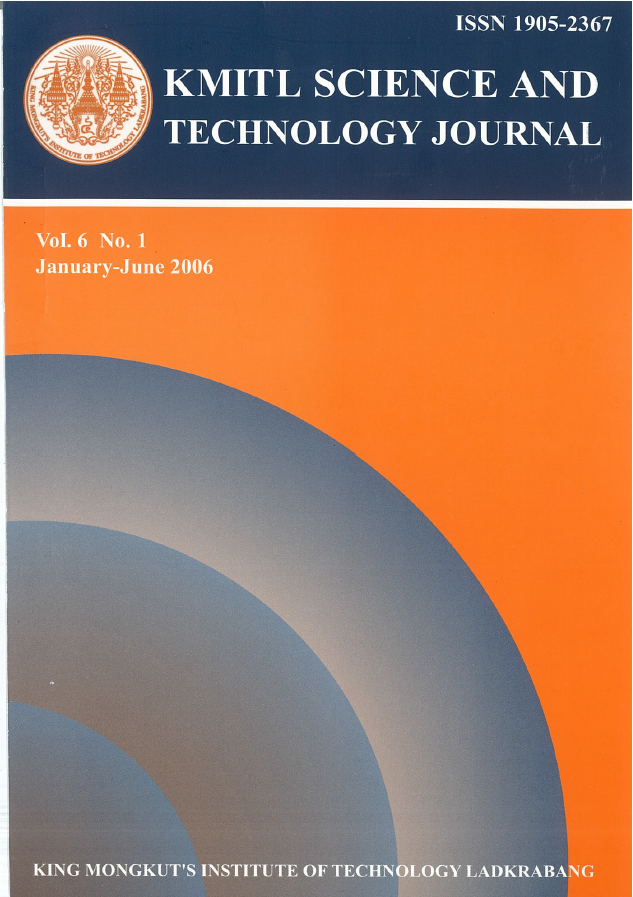Contamination by mycotoxins in human food and animal feed is a worldwide problem because mycotoxins are naturally occurring toxic substances. Human ingestion of mycotoxins mainly occurs from the consumption of mycotoxins in residues and metabolites in animal-derived foods such as milk or meat products. Thailand is in the tropical area, thus it is hard to avoid mold-contaminated food and feed. So, the main purpose of this study was to investigate the possible incidence of mycotoxins in animal feeds. In this study a survey has been carried on the natural occurrence of mycotoxins in commercially available animal feeds. The study was divided into two parts, the first was to identify the genus of molds present in the feed samples, and the second was to determine the mycotoxins in these animal feeds. The results showed that all the samples were contaminated with molds. These molds are Aspergillus spp., Penicilium spp., Fusarium spp., and non-septate fungi. Determination of mycotoxins showed that aflatoxin B1 was detected in 23/25 samples (92%), and the average was 7.56 ppb. Ochratoxin A was detected in 3/10 samples (30%) in levels of 10.48, 11.14 and 12.35 ppb. Deoxynivalenol was detected in 13/15 samples (86%), and the average was 33.77 ppb. T-2 toxin was detected in all samples (10 samples), and the average was 6.91 ppb. Extent of mycotoxins contamination was determined from 10 samples. The results revealed that 3 out of 10 samples were contaminated with 4 mycotoxins (aflatoxin B1, ochratoxin A, deoxynivalenol and T-2 toxin), and 7 out of 10 samples were contaminated with 3 mycotoxins (aflatoxin B1, deoxynivalenol and T-2 toxin). The results obtained in this study suggest a high risk for human health because of the possibility of indirect exposure through meat and other products from animals consuming contaminated feedstuffs.
Keywords: mycotoxins, animal feed
Corresponding author: E-mail: kun99@alpha.tu.ac.th
Charoenpornsook*, K. ., & Kavisarasai, P. . (2018). Mycotoxins in Animal Feedstuffs of Thailand. CURRENT APPLIED SCIENCE AND TECHNOLOGY, 25-28.

https://cast.kmitl.ac.th/articles/145116